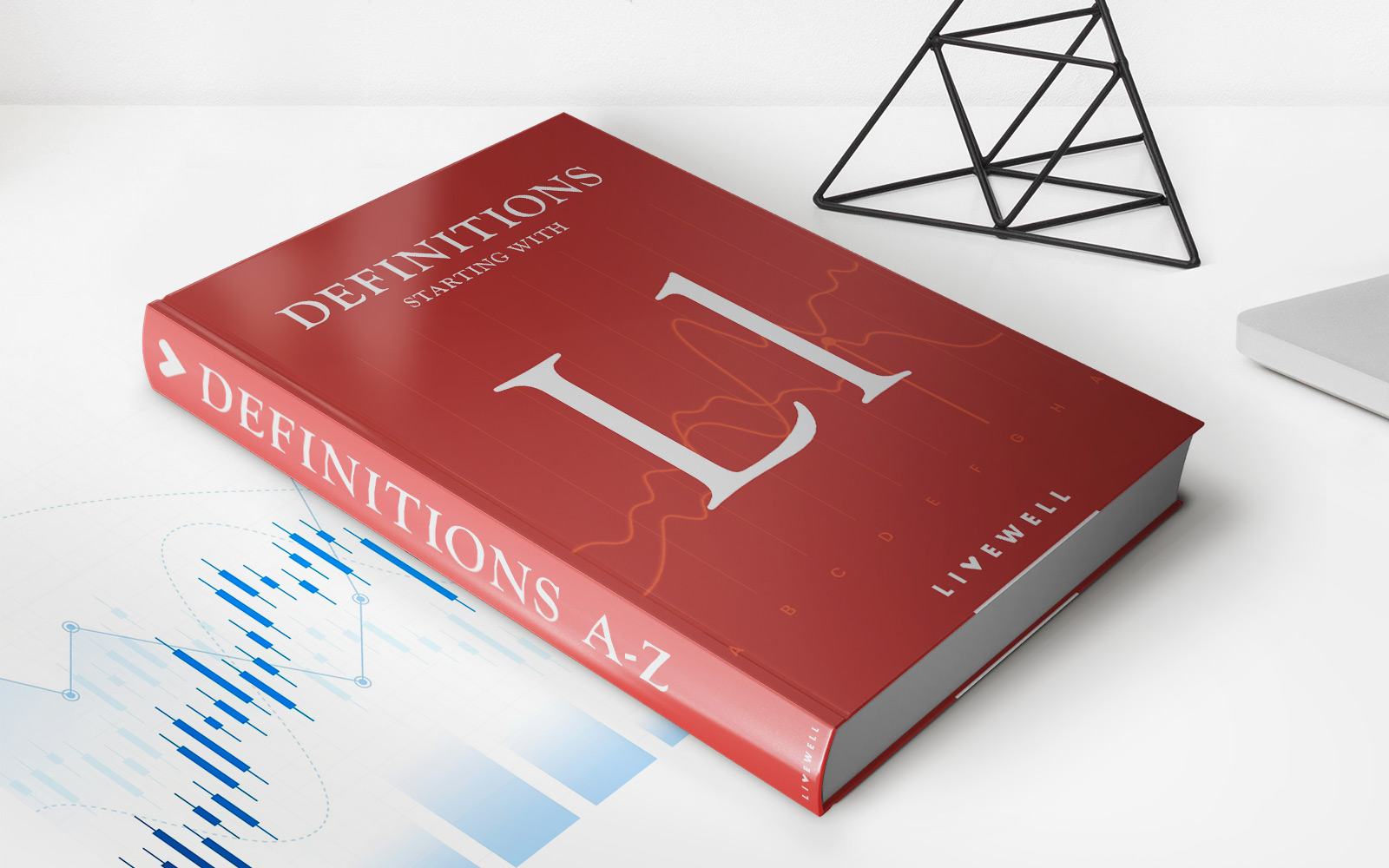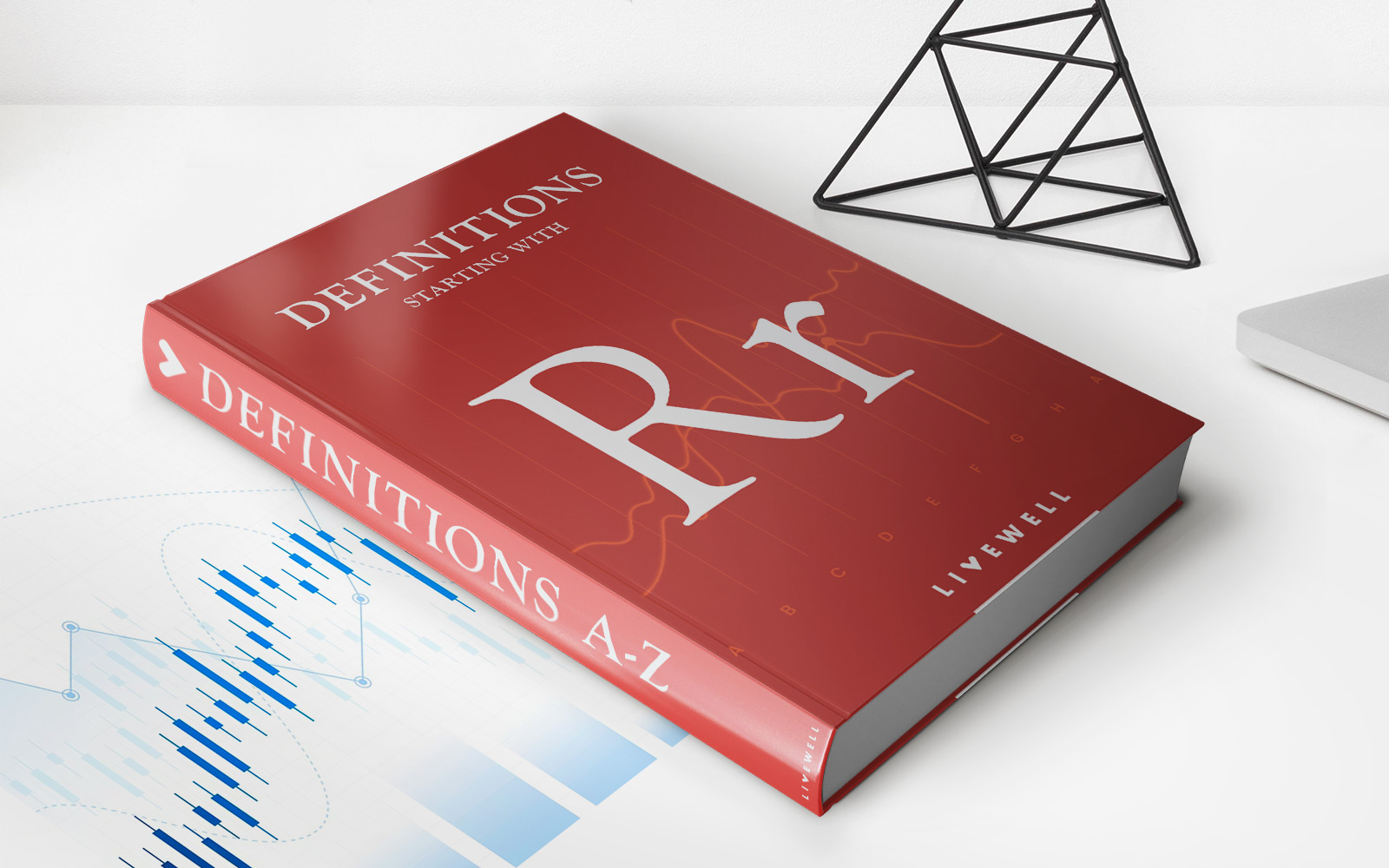Home>Finance>Adverse Selection: Definition, How It Works, And The Lemons Problem


Finance
Adverse Selection: Definition, How It Works, And The Lemons Problem
Published: October 2, 2023
Learn about adverse selection in finance, including its definition, how it works, and the famous lemons problem. Gain insights into this crucial concept in just a few sentences!
(Many of the links in this article redirect to a specific reviewed product. Your purchase of these products through affiliate links helps to generate commission for LiveWell, at no extra cost. Learn more)
Adverse Selection: Definition, How It Works, and The Lemons Problem
In the world of finance, there are numerous concepts and terms that can be confusing to understand. One such concept is adverse selection, which plays a crucial role in the functioning of various financial markets. In this blog post, we will explore the definition of adverse selection, how it works, and shed light on a famous example known as “The Lemons Problem.” So, if you’ve ever wondered what adverse selection is and how it impacts the financial world, you’ve come to the right place.
Key Takeaways:
- Adverse selection refers to a situation where one party possesses more information than the other party in a transaction, leading to an imbalance of knowledge and potentially negative consequences.
- It primarily occurs in markets where there is asymmetric information, meaning one party has more information about the product or service being exchanged than the other party.
What is Adverse Selection?
Adverse selection can be defined as a phenomenon that occurs when one party involved in a transaction has more information than the other party. This information asymmetry can lead to a selection bias where the party with more information takes advantage of the situation, resulting in potential negative outcomes for the less-informed party.
To better understand adverse selection, imagine a used car market. Seller A knows the true condition of their car, whether it is in excellent shape or has hidden mechanical issues. On the other hand, Buyer B lacks this information and must rely on the seller’s description and inspection alone. In this scenario, adverse selection arises because the seller has an advantage in knowledge, which can lead to the buyer paying more than what the car is worth if the seller withholds information about its true condition.
The Lemons Problem:
A classic example that illustrates adverse selection is the “Lemons Problem,” coined by economist George Akerlof in his influential research paper. The term “lemons” refers to low-quality or defective products in market terminology. In this context, Akerlof used the example of the used car market to explain the adverse selection problem.
According to Akerlof, when there is asymmetric information between buyers and sellers, the market will gravitate towards the exchange of lower-quality goods, or “lemons.” This trend occurs because buyers are unable to accurately assess the true value of the goods due to the information imbalance, leading them to err on the side of caution and offer lower prices. As a result, sellers of high-quality goods may choose not to enter the market, exacerbating the dominance of lower-quality goods.
In Conclusion:
Adverse selection is a concept that plays a significant role in the world of finance and various markets. It occurs when one party possesses more information than the other, leading to unfavorable outcomes for the party with less knowledge. The famous Lemons Problem exemplifies how adverse selection can result in the dominance of lower-quality goods in markets with asymmetric information.
Understanding adverse selection is important for both buyers and sellers. By being aware of its potential effects, parties can take steps to mitigate information asymmetry and improve decision-making in their financial transactions.
So, the next time you find yourself navigating a market where information is unequally distributed, keep adverse selection and the Lemons Problem in mind to ensure you make well-informed choices.














